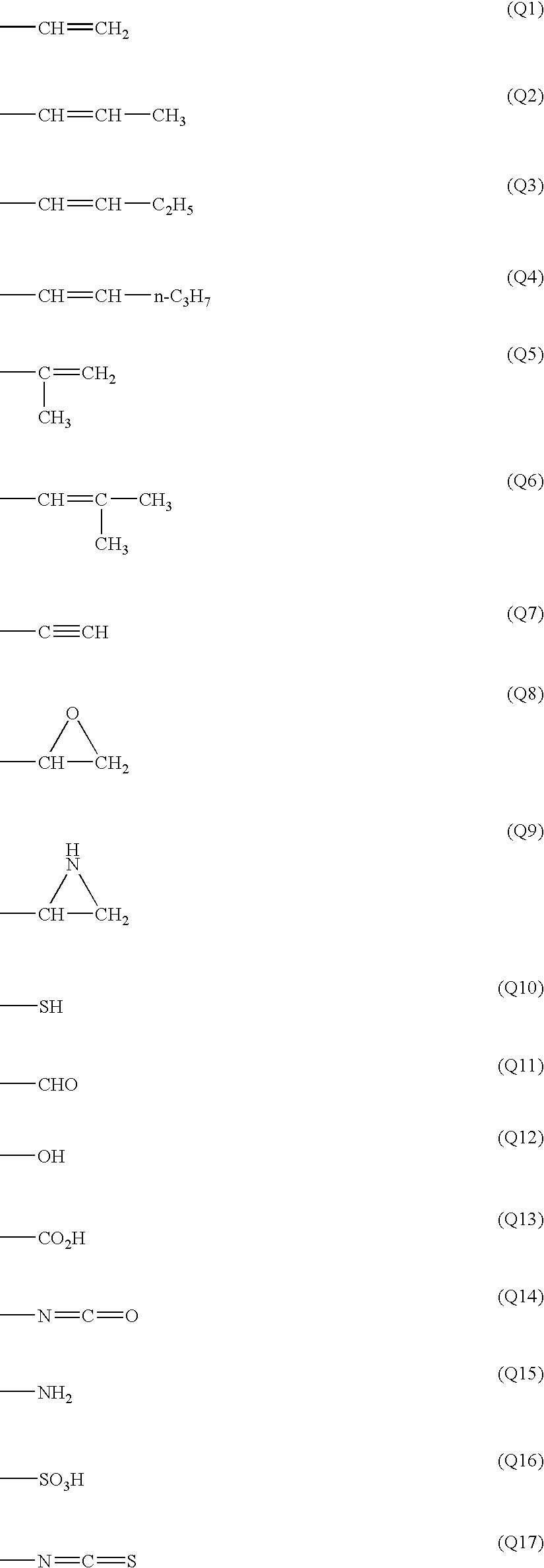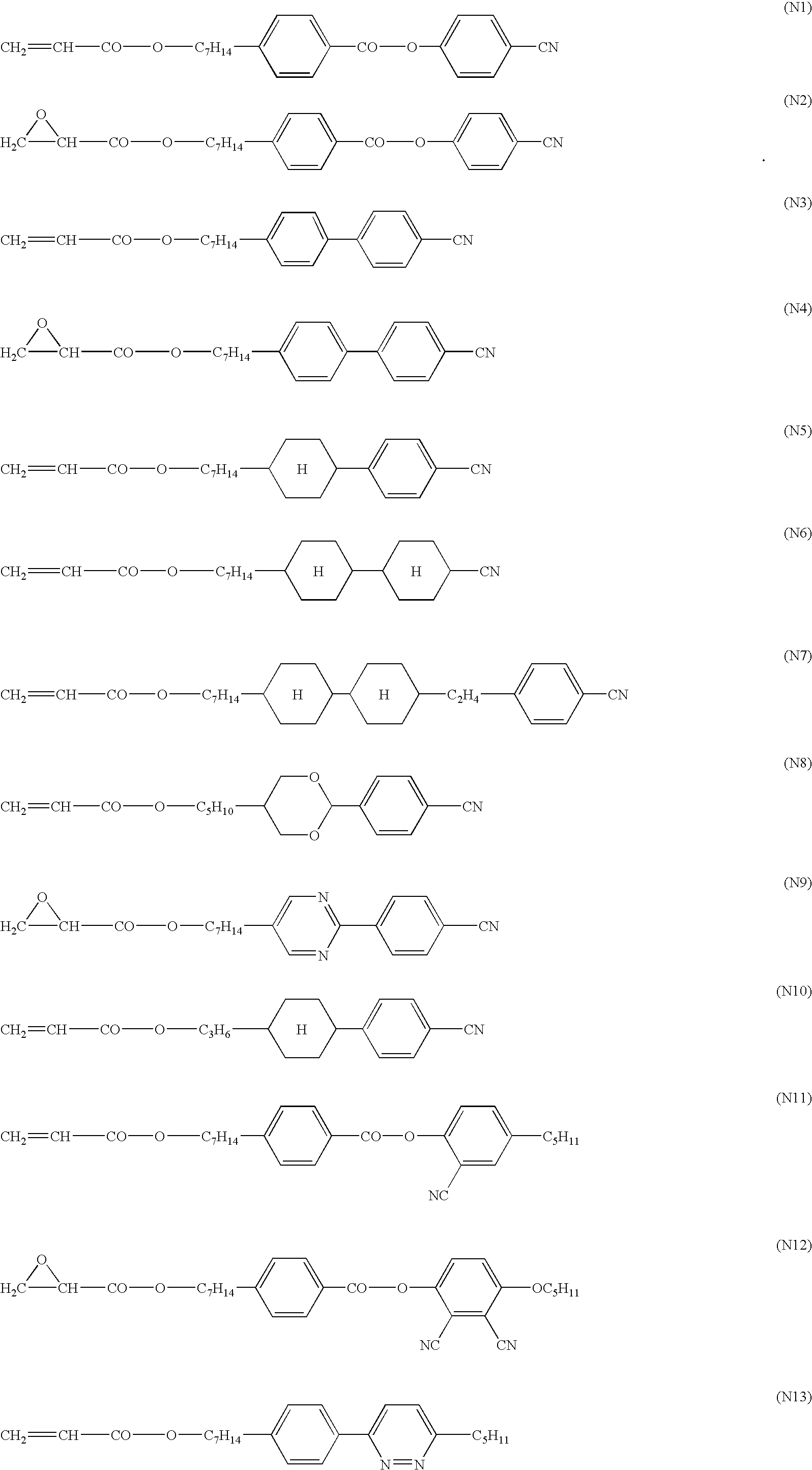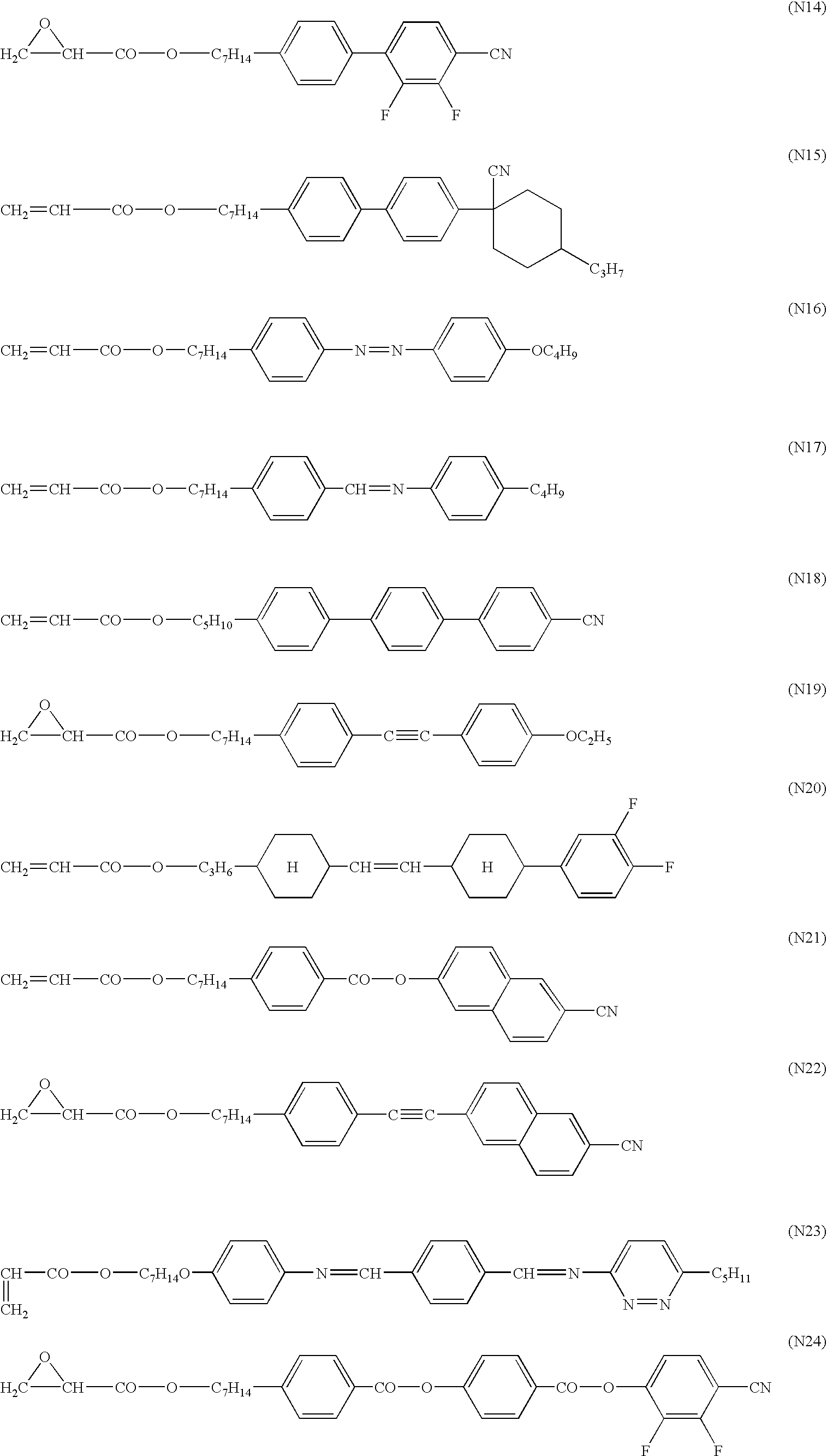Cellulose acetate film with regulated retardation and thickness
a technology of cellulose acetate and retardation, applied in the field of liquid crystal display, can solve the problems of framewise light leakage not fully prevented, light leakage occurs, impair the quality of displayed image, etc., and achieve the effect of easy enlargement of liquid crystal display and general change of optical characters
- Summary
- Abstract
- Description
- Claims
- Application Information
AI Technical Summary
Benefits of technology
Problems solved by technology
Method used
Image
Examples
example 1
[0279] The following components were placed in a mixing tank, heated and stirred to dissolve, to prepare a cellulose acetate solution.
1 Cellulose acetate solution Cellulose acetate (acetic acid content: 60.9%) 100 weight parts Triphenyl phosphate (plasticizer) 7.8 weight parts Biphenyldiphenyl phosphate (plasticizer) 3.9 weight parts Methylene chloride (first solvent) 300 weight parts Methanol (second solvent) 54 weight parts 1-Butanol (third solvent) 11 weight parts
[0280] In another mixing tank, 16 weight parts of the following retardation increasing agent, 80 weight parts of methylene chloride and 20 weight parts of methanol were placed, heated and stirred, to prepare a retardation increasing agent solution.
[0281] The cellulose acetate solution (479 weight parts) and the retardation increasing agent solution (21 weight parts) were mixed and stirred well to prepare a dope. The prepared dope contained the retardation increasing agent in the amount of 3.0 weight parts based on 100 we...
example 2
[0287] The following components were placed in a mixing tank, heated and stirred to dissolve, to prepare a cellulose acetate solution.
2 Cellulose acetate solution Cellulose acetate (acetic acid content: 60.9%) 100 weight parts Triphenyl phosphate (plasticizer) 7.8 weight parts Biphenyldiphenyl phosphate (plasticizer) 3.9 weight parts Methylene chloride (first solvent) 300 weight parts Methanol (second solvent) 54 weight parts 1-Butanol (third solvent) 11 weight parts
[0288] In another mixing tank, 16 weight parts of the above retardation increasing agent, 80 weight parts of methylene chloride and 20 weight parts of methanol were placed, heated and stirred, to prepare a retardation increasing agent solution.
[0289] The cellulose acetate solution (486 weight parts) and the retardation increasing agent solution (14 weight parts) were mixed and stirred well to prepare a dope. The prepared dope contained the retardation increasing agent in the amount of 2.0 weight parts based on 100 weight...
example 3
[0298] Iodine was adsorbed on a stretched polyvinyl alcohol film to prepare a polarizing membrane. The cellulose acetate film (CAF-01) prepared in Example 1 was then laminated on one surface of the polarizing membrane with a polyvinyl alcohol adhesive.
[0299] On the other surface of the membrane, a commercially available cellulose triacetate film [FUJITAC TD80UF, Fuji Photo Film Co., Ltd.] was saponified and laminated with a polyvinyl alcohol adhesive. Thus, a polarizing plate was prepared.
PUM
| Property | Measurement | Unit |
|---|---|---|
| Fraction | aaaaa | aaaaa |
| Nanoscale particle size | aaaaa | aaaaa |
| Nanoscale particle size | aaaaa | aaaaa |
Abstract
Description
Claims
Application Information
 Login to View More
Login to View More - R&D
- Intellectual Property
- Life Sciences
- Materials
- Tech Scout
- Unparalleled Data Quality
- Higher Quality Content
- 60% Fewer Hallucinations
Browse by: Latest US Patents, China's latest patents, Technical Efficacy Thesaurus, Application Domain, Technology Topic, Popular Technical Reports.
© 2025 PatSnap. All rights reserved.Legal|Privacy policy|Modern Slavery Act Transparency Statement|Sitemap|About US| Contact US: help@patsnap.com



